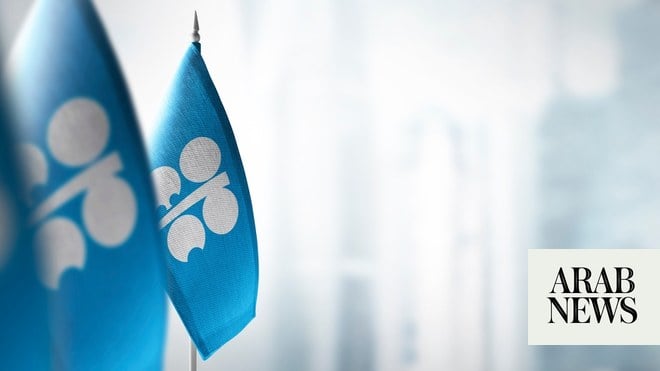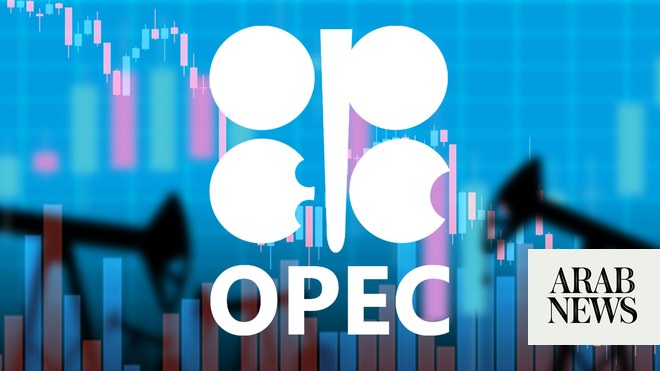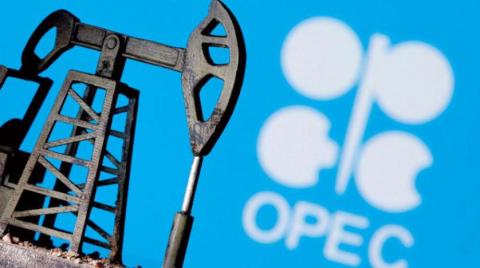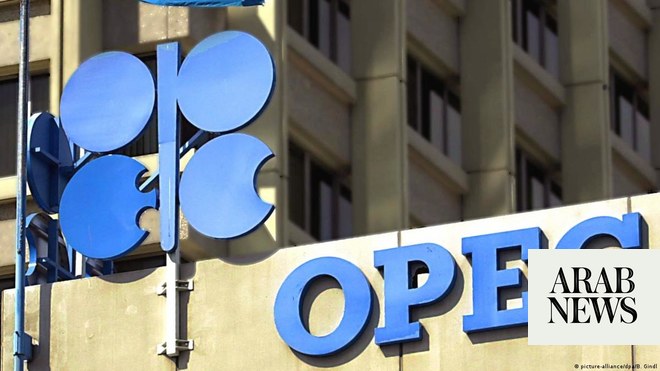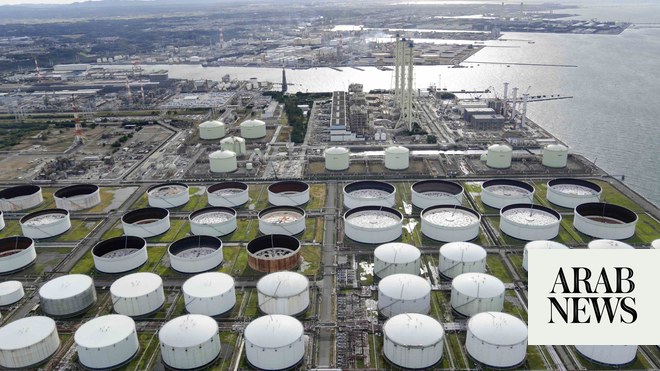
Oil producers’ group blames speculators for a drop in prices
RIYADH: Blaming speculators for a drop in prices, the Organization of the Petroleum Exporting Countries on Monday said the market fundamentals were strong despite “exaggerated negative sentiments.”
The producers’ group in its monthly report also slightly raised its 2023 forecast for global oil demand growth and stuck to its relatively high 2024 prediction.
“Recent data confirms robust major global growth trends and healthy oil market fundamentals,” OPEC said in a feature article at the start of its report.
The report said the market was healthy citing strong Chinese imports, minor downside risks to economic growth and a robust physical oil market.
“Oil prices have trended lower in recent weeks, mainly driven by financial market speculators.”
Oil has weakened to around $82 a barrel for Brent crude from a 2023 high in September near $98. Concern about economic growth and demand has pressured prices, despite support from supply cuts by OPEC and its allies, and conflict in the Middle East.
In the report, OPEC nudged up its forecast for world oil demand growth in 2023 to 2.46 million barrels per day, up 20,000 bpd from the previous forecast. In 2024, OPEC sees demand rising by 2.25 million bpd, unchanged from last month.
A lifting of pandemic lockdowns in China has helped oil demand rise in 2023. OPEC has consistently forecast stronger demand growth for next year than other forecasters such as the International Energy Agency.
This is the last report before OPEC and its allies, known as OPEC+, meets on Nov. 26 to set policy. The group has been cutting production since late 2022 to support the market and its latest agreement calls for output curbs throughout 2024.
The report also said OPEC oil production rose in October despite the pledged supply cuts, driven by increases in Iran, Angola and Nigeria.
Iran, exempt from OPEC supply cuts because of US sanctions, has been boosting output in 2023 in a trend that analysts say appears to be the result of Iran’s success in evading the sanctions and US discretion in enforcing them.
Nigeria and Angola have been recovering from internal challenges that limited their output.
But in the feature article about the oil market’s underlying strength, OPEC observed that Nigeria’s oil output, as well as that of the 11 members subject to output limits, remained below their output targets.
OPEC also cited a strong physical crude markets as a further sign of market health.
“The robust physical crude market is further reflected in the strong crude differentials seen in almost all regions in October and continued in early November,” OPEC said.
OECD commercial oil inventories
Total commercial oil inventories in the Organisation for Economic Co-operation and Development countries fell by 15.6 million barrels on a monthly basis to 2.78 billion barrels in September, the OPEC report showed.
This marked a downturn compared to the latest five-year average of about 118 million barrels. It is also 184 million barrels less than the 2015-2019 average.
Preliminary data indicated that US commercial oil inventories shed 9.1 million barrels month-on-month in September to 1.26 billion barrels, which is about 32 million barrels above the September 2022 reading, but 20.6 million barrels less than the average of the previous five years.




